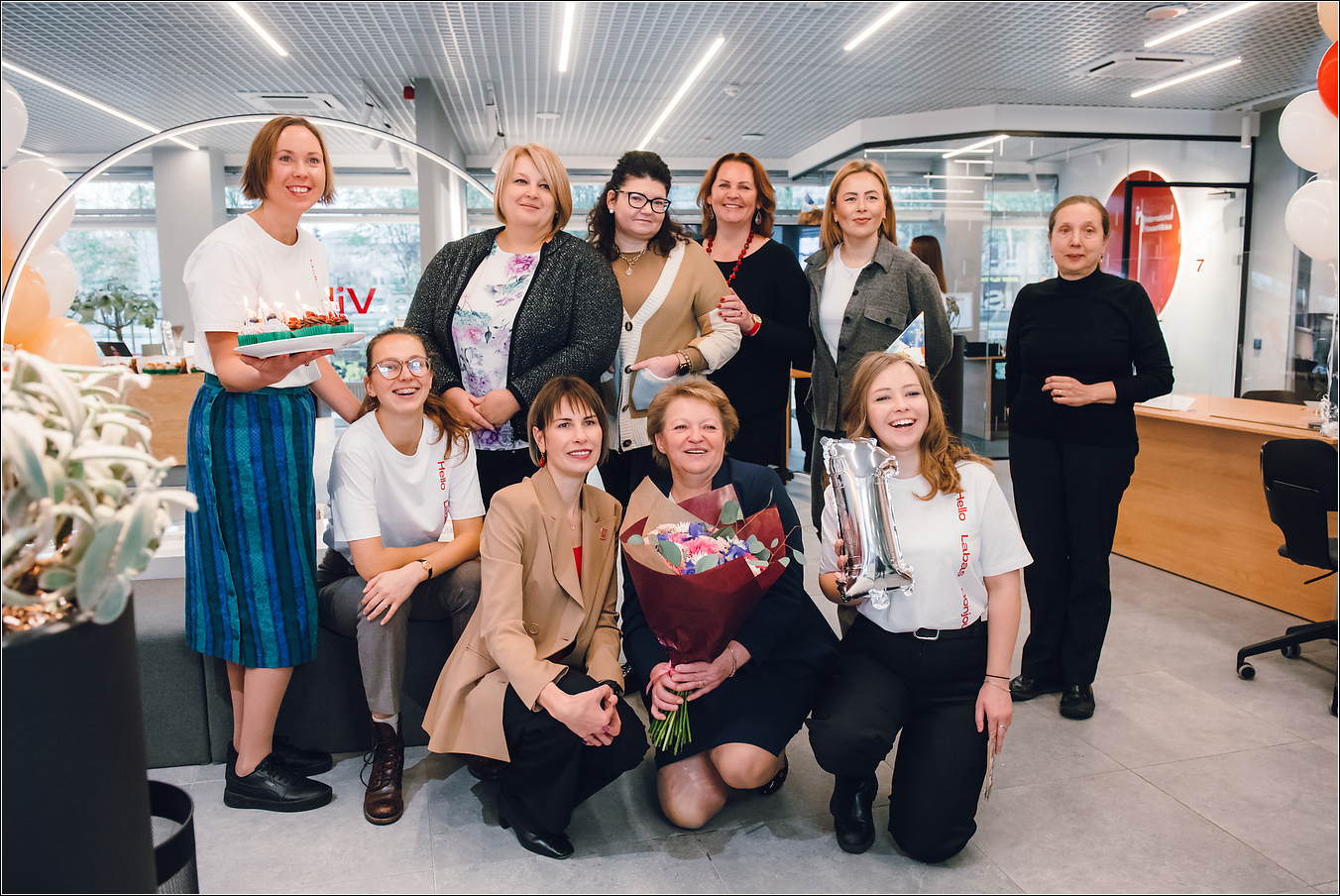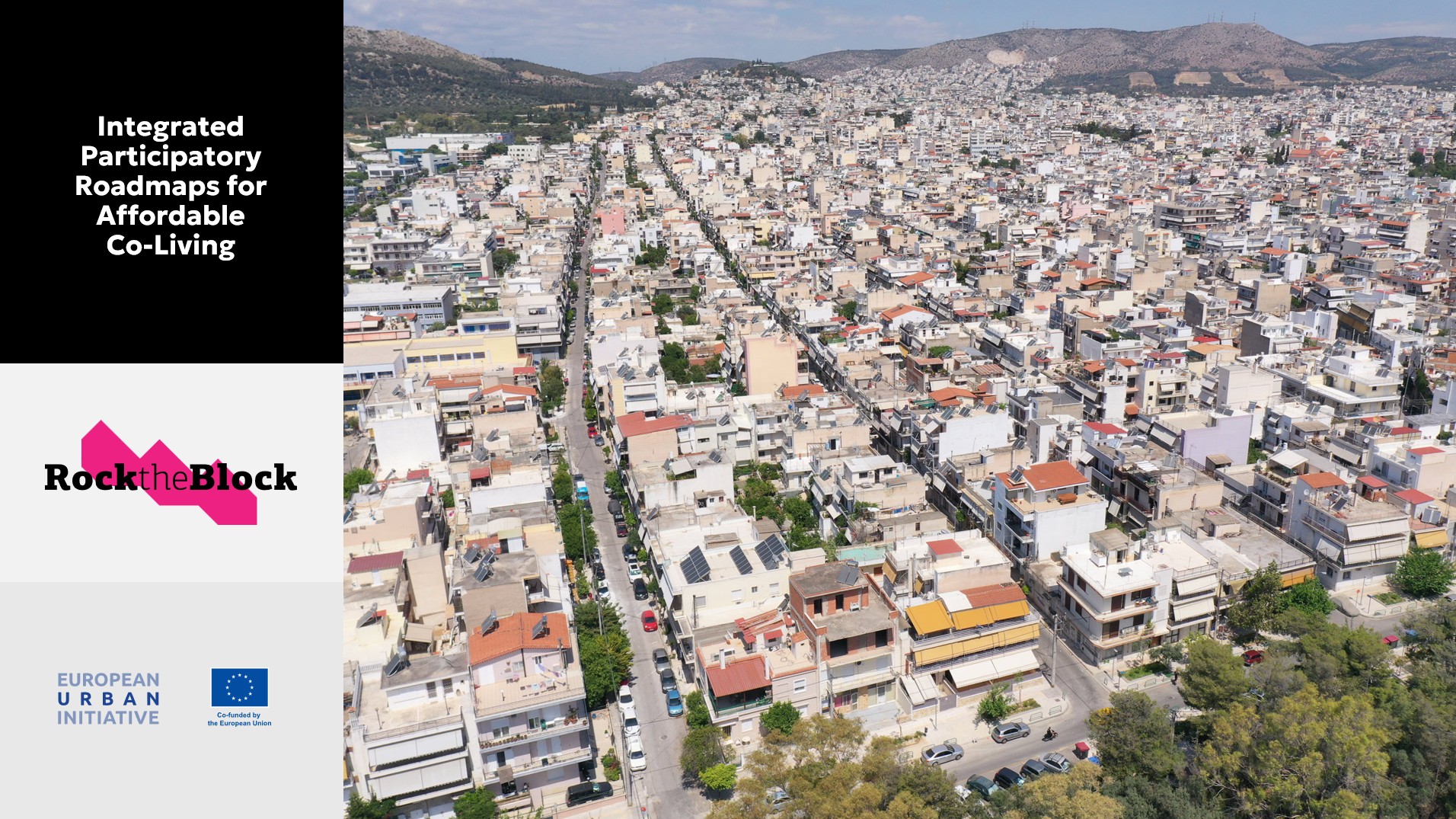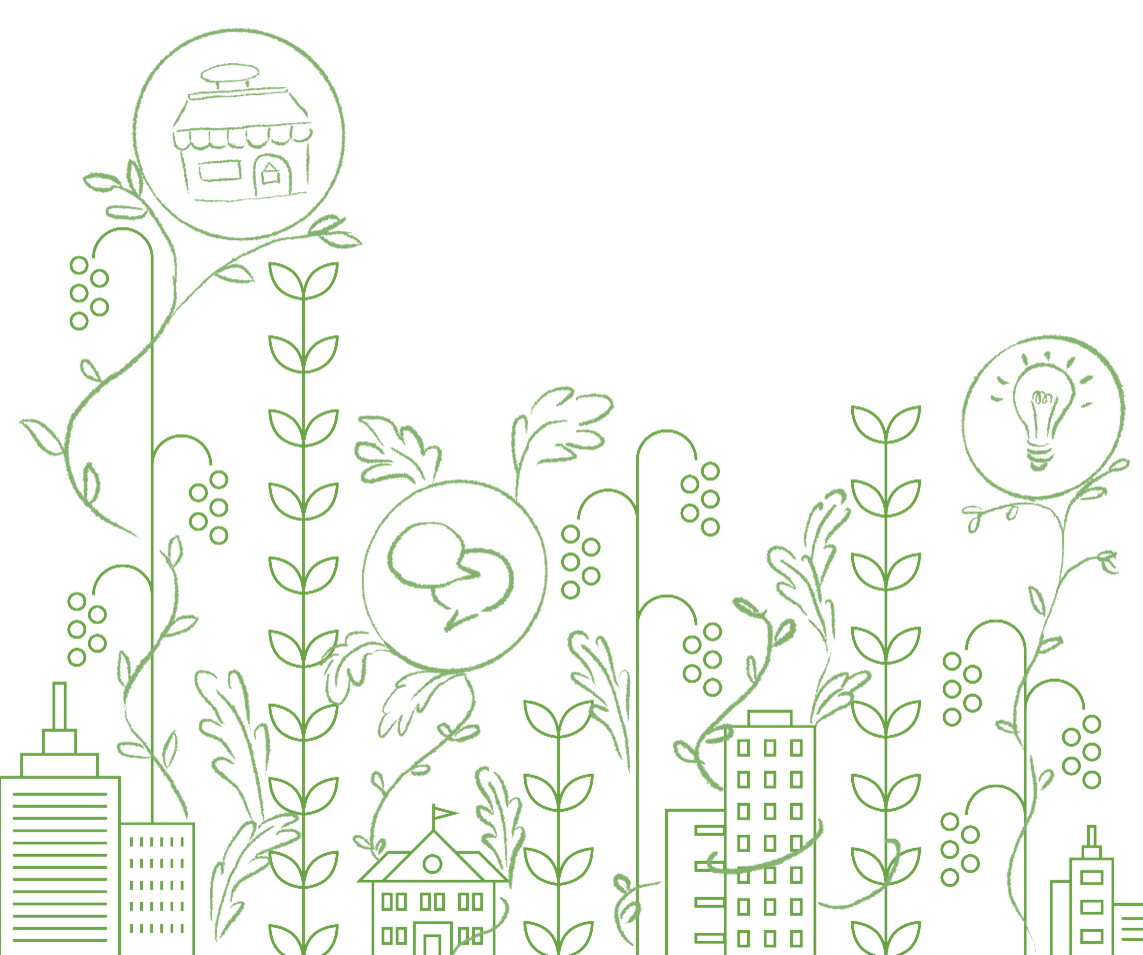 © Lazdijų rajono savivaldybė
© Lazdijų rajono savivaldybėShared electric vehicles transform rural transportation by providing an on-demand, door-to-door alternative to public transportation, reducing private vehicle usage and carbon emissions.
ELIMINATING MOBILITY DESERTS
Mobility deserts will be eliminated in Lazdijai District through the establishment of a sustainable and intelligent mobility system that is based on passenger demand. Based on the mobility survey of Lazdijai Districts, 77% of the respondents confirmed that, currently, they use private transportation daily, but 33% of them (140 people) are willing to use public transportation. Use of shared vehicles will result in 84 less cars on the district's roads, every day. On average, the district has 0.6 cars per person, this results in ~30 tonnes of carbon-emission savings through the use of a shared electric vehicle instead of private automobile, every year.
ON-DEMAND, DOOR-TO-DOOR TRANSPORT SERVICE
Two charging stations were installed and three shared vehicles purchased in Lazdijai. This is a door-to-door service, as people can book trips and track the journey in real time. Each inhabitant of the district will be able book a journey from their home to a destination in their own or an adjacent town (the point of departure can be anywhere within the coverage area; it does not have to be exclusively from home) via the website, mobile app, or call centre. This on-demand service is efficient as the journey's take the passengers directly from A-B with no additional time wasted following a set route. An algorithm organises the allocation of reservations based on the most efficient routes.
AN ALTERNATIVE TO PUBLIC TRANSPORT
Lazdijai district has 18,077 inhabitants and an area of 1309 km2, with 73% of people living in rural areas. It is, therefore, a good example of a remote rural area where the public transport system does not guarantee efficient connectivity for the residents. According to the annual surveys of Lazdijai District's residents, every third resident of this district is not satisfied with public transport in the district. This pilot will offer an alternative to the old and polluting buses running infrequently at times inconvenient for the residents and solve the problem of mobility deserts where public transport is not available at all.




